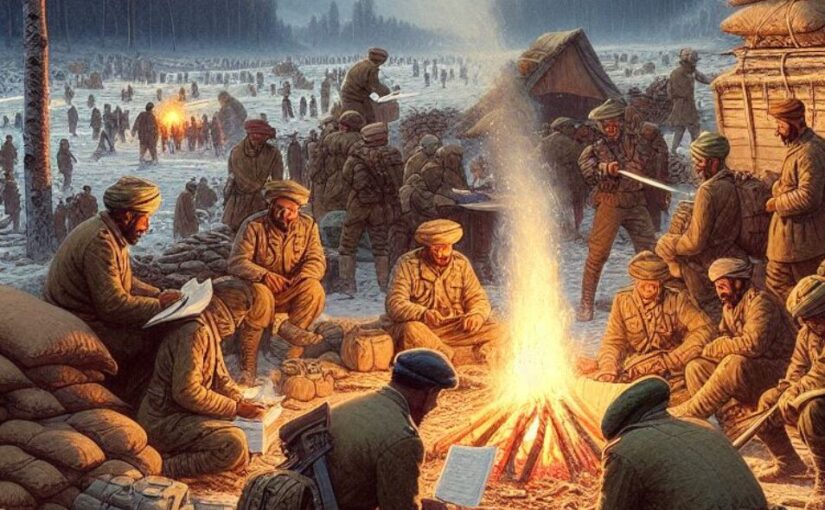wikipedia で両シチリア王国最後の君主「フランチェスコ二世」を読んでいると、ガリバルディがシチリアに上陸する前に、
軍備面では長年にわたって国王の親衛隊を務めてきたスイス人傭兵隊の大規模な暴動が発生している。フランチェスコ2世は傭兵隊に待遇の改善を約束して彼らをなだめた後、軍に命じてスイス兵を皆殺しにした。暴動を鎮圧するとフランチェスコ2世はスイス傭兵隊の廃止を宣言した。
と書かれている。つまり、スイス傭兵は長らく両シチリア王国の親衛隊として雇われていたが、フランチェスコ二世はその待遇改善を拒んで皆殺しにし、スイス傭兵を廃止した、となる。
ということは、アルムおじさんはそれ以前にやはり直接ナポリで傭兵になった可能性が高い、ということか。あるいはフランチェスコ二世の虐殺の生き残りなのかもしれない。うーむ。そういう話にした方が面白かったかなあ。
ナポリのブルボン家はイタリア語でボルボーネ家というらしい。
英語版 wikipedia だと、
On 7 June (1859) a part of the Swiss Guard mutinied, and while the king mollified them by promising to redress their grievances, General Alessandro Nunziante gathered his troops, who surrounded the mutineers and shot them down. The incident resulted in the disbanding of the whole Swiss Guard, at the time the strongest bulwark of the Bourbon dynasty.
ということは、6月4日のマジェンタの戦いと、24日のソルフェリーノの戦いの間くらいに、反乱を起こしたスイス親衛隊の一部が撃ち殺され、それが傭兵隊全部の解隊という結果となった、ということになる。また、当時、スイス傭兵がブルボン家最大の防波堤になっていた、とも書いてある。
スイス傭兵はローマ教皇やフランス王の近衛兵にもなっているから、どちらかといえば小規模な常備軍として雇用されることが多く、戦争のような大規模な臨時徴収には、そもそも向かないし、雇用もされなかったのかもしれん。ともかくガリバルディがシチリアに来た頃にはスイス傭兵はナポリにはいなかったということよね。
Swiss Guard など見ると、ナポレオンがスペインやロシア遠征にスイス傭兵を雇ったとある。1830年に再びチュイルリー宮殿が襲撃されたとき、スイスの近衛兵は、二度目の虐殺(一度目はルイ十六世の時)を恐れて姿をくらましたため、以後近衛兵として雇われることはなかった、とある。
また、フランス外人部隊(French Foreign Legion, Légion Etrangère) など読むと、
The Foreign Legion acquitted itself particularly well against the Austrians at the battle of Magenta (4 June 1859) and at the Battle of Solferino (24 June).
などと書いてあって、ソルフェリーノの戦いに外人部隊が投入され善戦したらしいことがわかるし、アンリ・デュナンが見聞しているから、その中にスイス傭兵がいなかったとはいえない。
しかし、やはり、ナポリで直接傭兵になった、という話の方がすんなりくるし、なんか面白そうでもあるんだよなあ。

